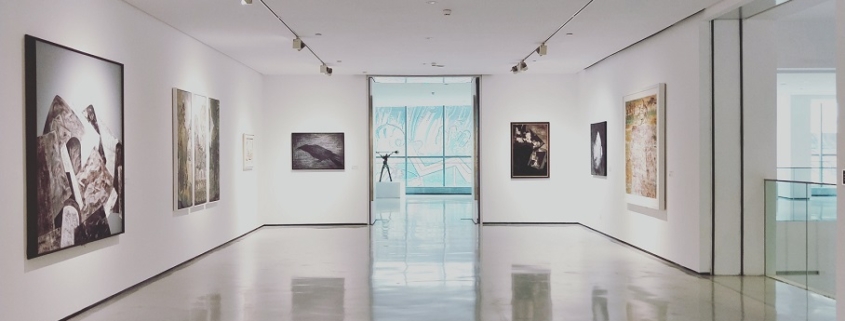Is Your Public Art Gallery Serving Visual Artists and the Community?
The word “gallery” is a term from the 1600s and describes a church porch. Currently, a veranda, corridor, a raised platform as in a theatre, or a large space can all be a gallery. These meanings describe space, something that is immobile. A place that is devoted to visual art should be a “hub.” A hub is the middle of something larger. It implies a gathering from the perimeter to the centre. It is active and attractive. Is the building that houses your community’s public art a “gallery” or a “hub”?
How can a visual art space be a hub? A hub has a surrounding community that is connected to and interacts with the centre. This is a reciprocal relationship. Staff from an art hub are a part of and known by the community. In practical terms, curators are regular visitors at town exhibitions. They network with the creators of artworks and are seen as partners and supporters. Technology can assist in connecting artists with the centre through an artist’s portal. The MacKenzie Art Gallery in Regina has such a portal, with a promise that all entries will be viewed.
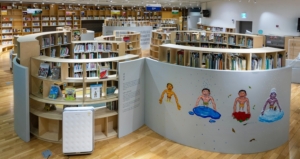 A hub building is informal and welcoming. Public libraries are a model for this. There is seating and tables where people can read, study, teach, or just daydream. Materials are at hand to educate and entertain. Shelf space is dedicated to local, Indigenous, Canadian, and worldwide authors. A library has reference material that can guide you in cooking, carpentry, gardening, crafts, and hobbies, etc. Art hubs emulate these library characteristics.
A hub building is informal and welcoming. Public libraries are a model for this. There is seating and tables where people can read, study, teach, or just daydream. Materials are at hand to educate and entertain. Shelf space is dedicated to local, Indigenous, Canadian, and worldwide authors. A library has reference material that can guide you in cooking, carpentry, gardening, crafts, and hobbies, etc. Art hubs emulate these library characteristics.
Does your “gallery” have tables and comfortable seating? Can citizens sit comfortably and take time appreciating the exhibited works? Are there magazines and books on individual artists, art history, practice, etc. Are small groups welcome to meet and discuss? Is staff available to educate and assist? Is there a bulletin board which displays community arts events (like the one at the MacKenzie)? Libraries do these things during each opening hour and are accessible to all people. An art hub offers similar experiences.
Like a library, an art hub has space permanently devoted to community artists. Depending on the size of the building, this can be a separate room, a hallway, part of the entry. It need not be large but should introduce the community to local talent including our First Nations Treaty partners.
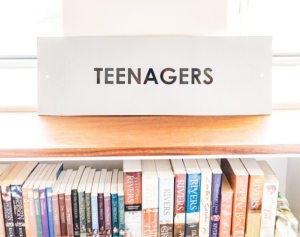 Libraries facilitate broadening of minds, and an appreciation of the “other”, as do art hubs. Works from across Canada, particularly its regions, help us appreciate the peoples of our land. European art is often highlighted in more prestigious “galleries”. That is okay, but why not look to the southern hemisphere, Asia, and the Middle East. Saskatchewan has benefited from immigration from all over the earth, an art hub has exhibitions that are relevant to newer Canadians. There is no language barrier in visual art.
Libraries facilitate broadening of minds, and an appreciation of the “other”, as do art hubs. Works from across Canada, particularly its regions, help us appreciate the peoples of our land. European art is often highlighted in more prestigious “galleries”. That is okay, but why not look to the southern hemisphere, Asia, and the Middle East. Saskatchewan has benefited from immigration from all over the earth, an art hub has exhibitions that are relevant to newer Canadians. There is no language barrier in visual art.
An art hub can do some things that are not appropriate in a public library. A hub can promote other art forms. Space permitting, musicians play at the entry in good weather and in the lobby in less favourable conditions. Music is attractive and welcoming. Performance artists and comedians are regularly invited artists. An art hub financially supports all suitable local creators.
Libraries accept suggestions from readers for new books and look for ways to reach those for whom connection is a challenge. Art hubs have tours inviting school children, group home residents, arts groups, etc. Staff, not just security personnel, are in the exhibition rooms and engage with visitors. This interaction provides intelligence for planning future exhibits. Art hubs are open to suggestions regarding future shows.
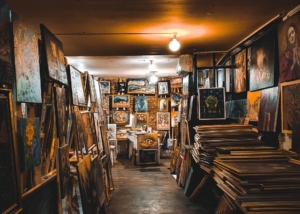 Libraries regularly review their collections and sell works that are no longer of interest to patrons yet maintain copies of the classics. This is a difficult task in an arts hub, but without culling, a collection can become unmanageable and of questionable relevance. Periodic gleaning of collections makes space available for new works and funds are raised.
Libraries regularly review their collections and sell works that are no longer of interest to patrons yet maintain copies of the classics. This is a difficult task in an arts hub, but without culling, a collection can become unmanageable and of questionable relevance. Periodic gleaning of collections makes space available for new works and funds are raised.
Does your “gallery” have exhibition objectives that are front and centre and regularly measured? All public institutions properly exist to accomplish certain tasks. Some are obvious – hospitals are for healing, transit is for the movement of people, etc. “Galleries” should define what they are trying to accomplish for the benefit of the community and have measurable objectives. The objectives are jointly developed by staff, local artists and interested community members. Progress on objectives is tracked and publicly reported.
How is your “gallery” managed? There are different ways to accomplish this.
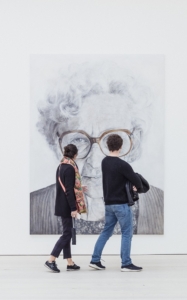
The MacKenzie Art Gallery is a member owned facility. The Board is elected by the membership. This is a democratic model since anyone can join. There is accountability at annual general meetings.
There can be other management structures but should include an identified group that is responsible for the development and achievement of objectives and for financial stability. In an art hub, the board members are visible, embody the community and include local artists. SK Arts is required by legislation to have one third of their board members who are representative of the arts community. SK Arts, Sask. Arts Alliance and CARFAC Saskatchewan publish photos and short biographies of their board members. Their boards include artists.
Public institutions that serve the needs of citizens are supported and defended. Art hubs earn public support and are rewarded with sufficient public funding. Is your local gallery an “arts hub” or “gallery”? If it is a “gallery,” encourage the board and staff to reimagine their art space and cultivate it into a “hub.”
Thanks to John Hampton, Executive Director of the MacKenzie Gallery, for the material they provided for this article. I have only been able to include a small part of that information in this article but have gained a good understanding about the gallery and how it serves their public.
Lee Fuller is a long-term resident of Saskatoon.
.
